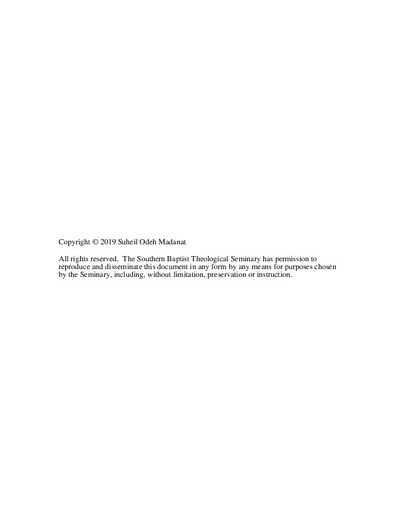| dc.description.abstract | This dissertation argues that evidence for the crucifixion and resurrection of Jesus Christ passes examination under the Islamic law of evidence. This is significant because Islam is the fastest growing religion in the world and the only great world religion whose sacred book expressly denies Jesus’s crucifixion and, by implication, his resurrection. Moreover, while secular laws are too unstable to evaluate evidence that entails eternal truths, Islamic law is to Muslims God-given, and thus authoritative and unchangeable. Vindicating Christian evidence through their sacred law should therefore be welcomed by Muslims as objective, trustworthy, and, importantly, respectful, particularly that polemics provoke Muslims, as Islam is their cherished identity rather than merely a set of beliefs. The above is addressed in chapter 1, which also highlights the privileged evidentiary position of Christianity among world religions. Chapter 2 sets the legal background by introducing the Islamic law, including its constituents, formation, features, and sanctity despite its inapplicability.
Chapter 3 starts the examination process. The main types of Christian evidence recognized by Islamic law are live eyewitness testimony and confession. Available only in documentary form, the New Testament, they must be first authenticated as truly belonging to the Evangelists. When subjected to the same historiographical principles used to vindicate the fundamental sources of Islamic law, the Qur’ān and Sunna, the New Testament documents prove to be at least as authentic as the Qur’ān and significantly more authentic than the Sunna. Chapter 4 examines the eyewitness testimonies and shows that they satisfy the Islamic law requirements of number and integrity of witnesses, and the consistency of their testimonies. Confessions by former enemies provide powerful vindication to these testimonies. Chapter 5 provides further corroboration by expert testimony and circumstantial evidence such as the empty tomb, the origin of Christianity, archaeology, and the Christian influence on civilization. | en_US |

